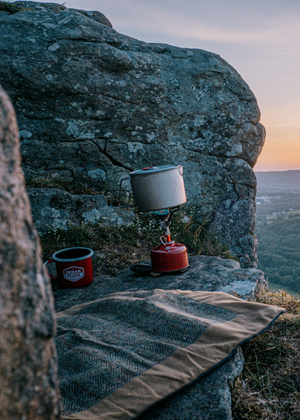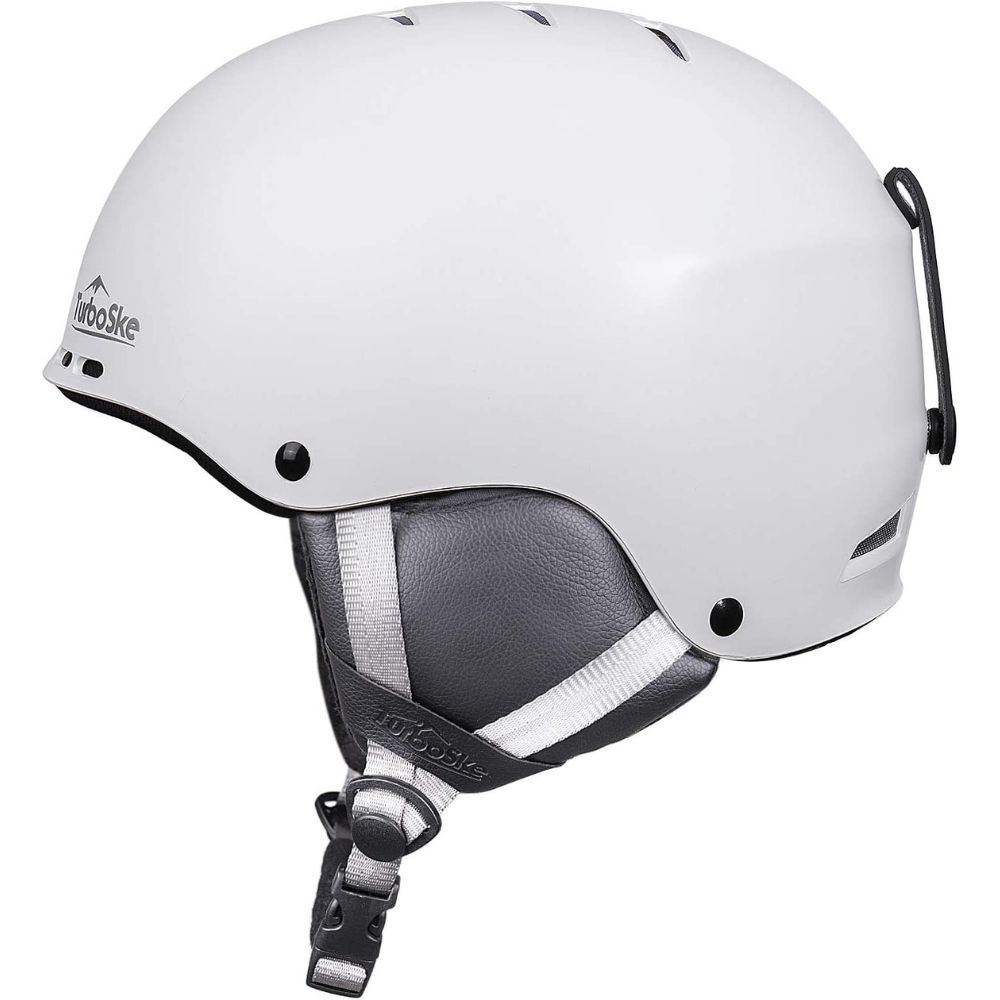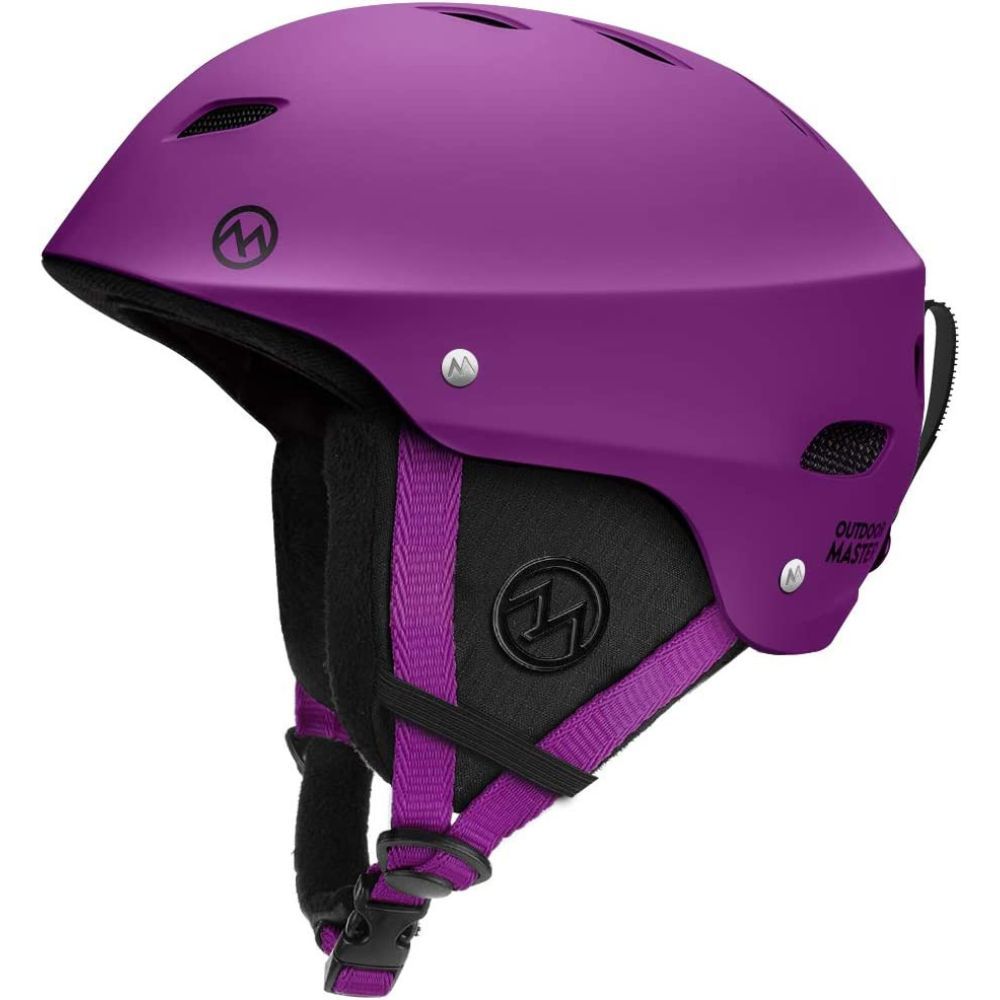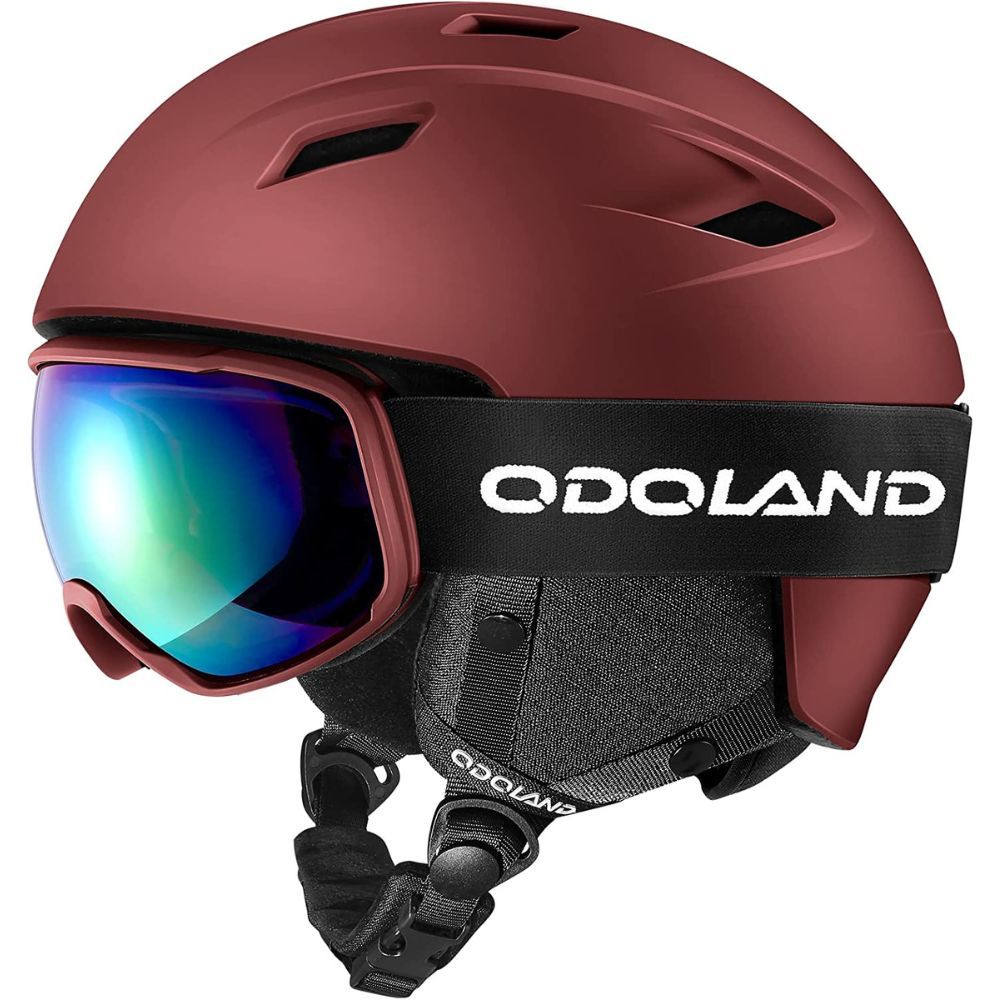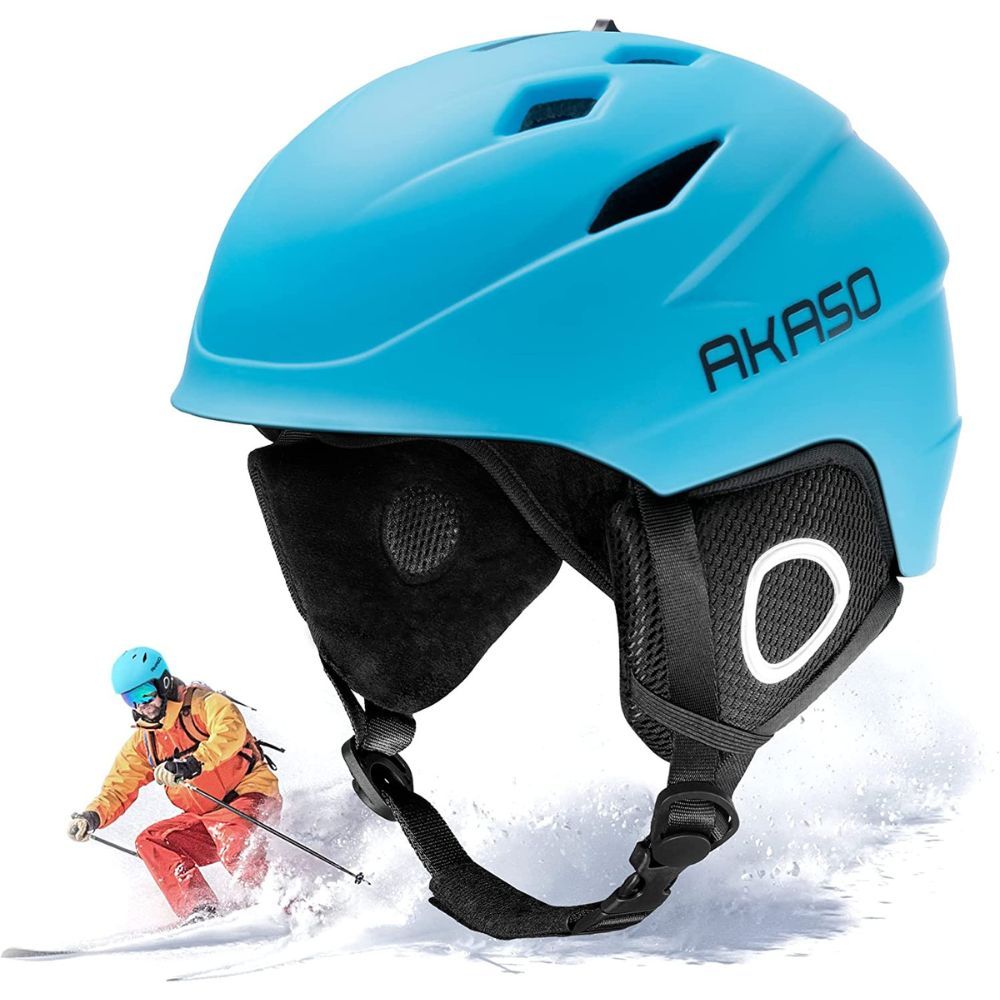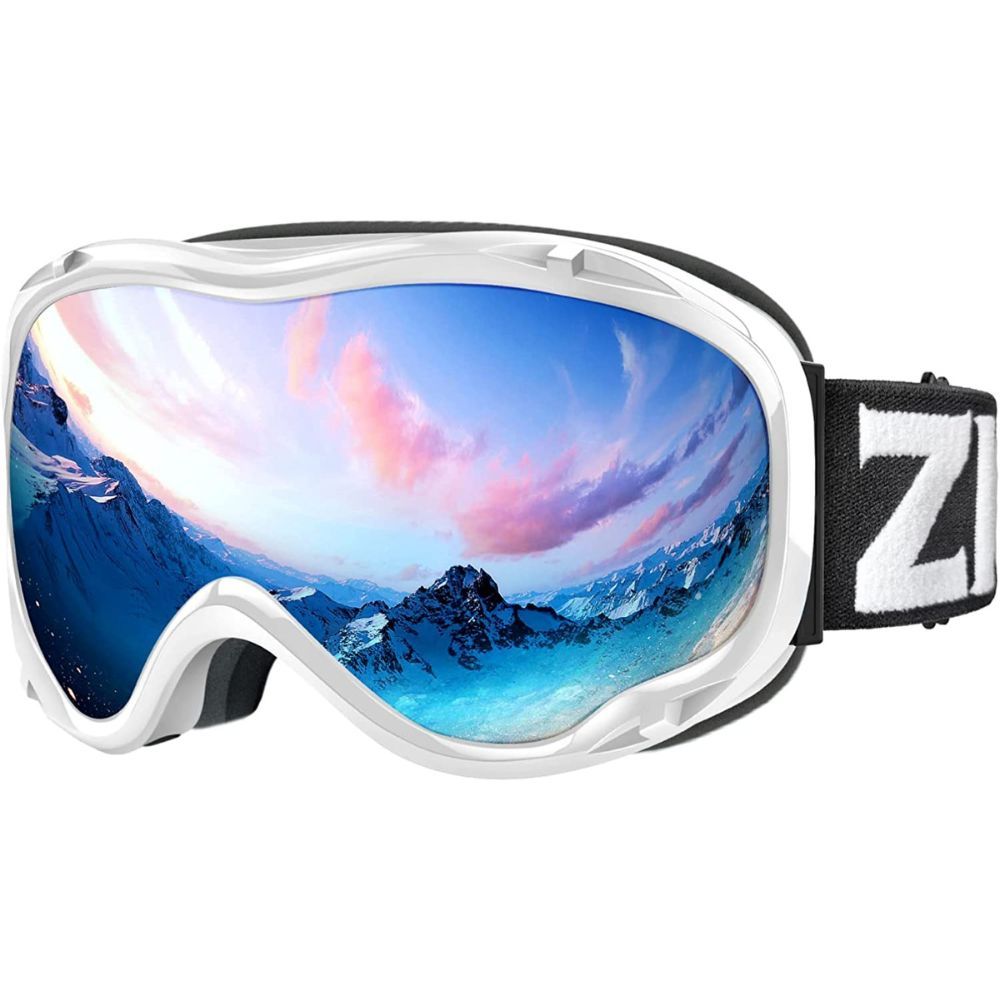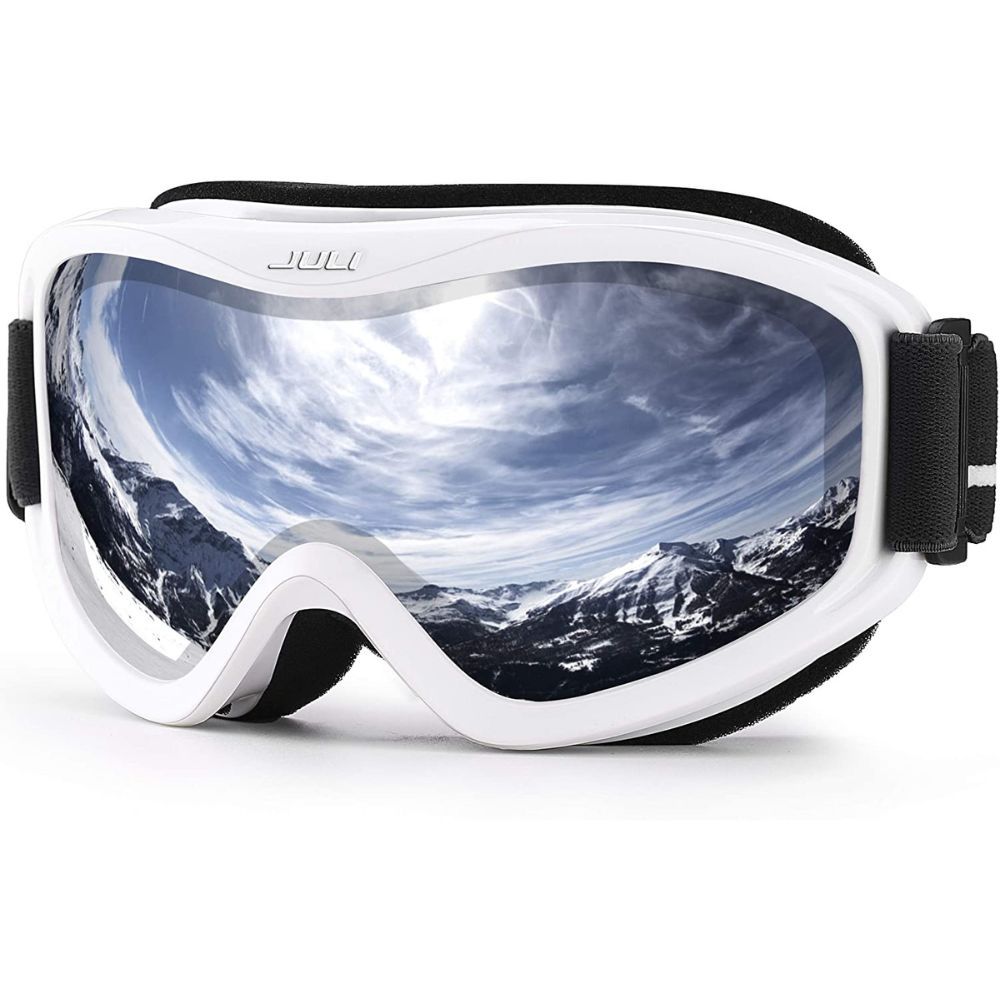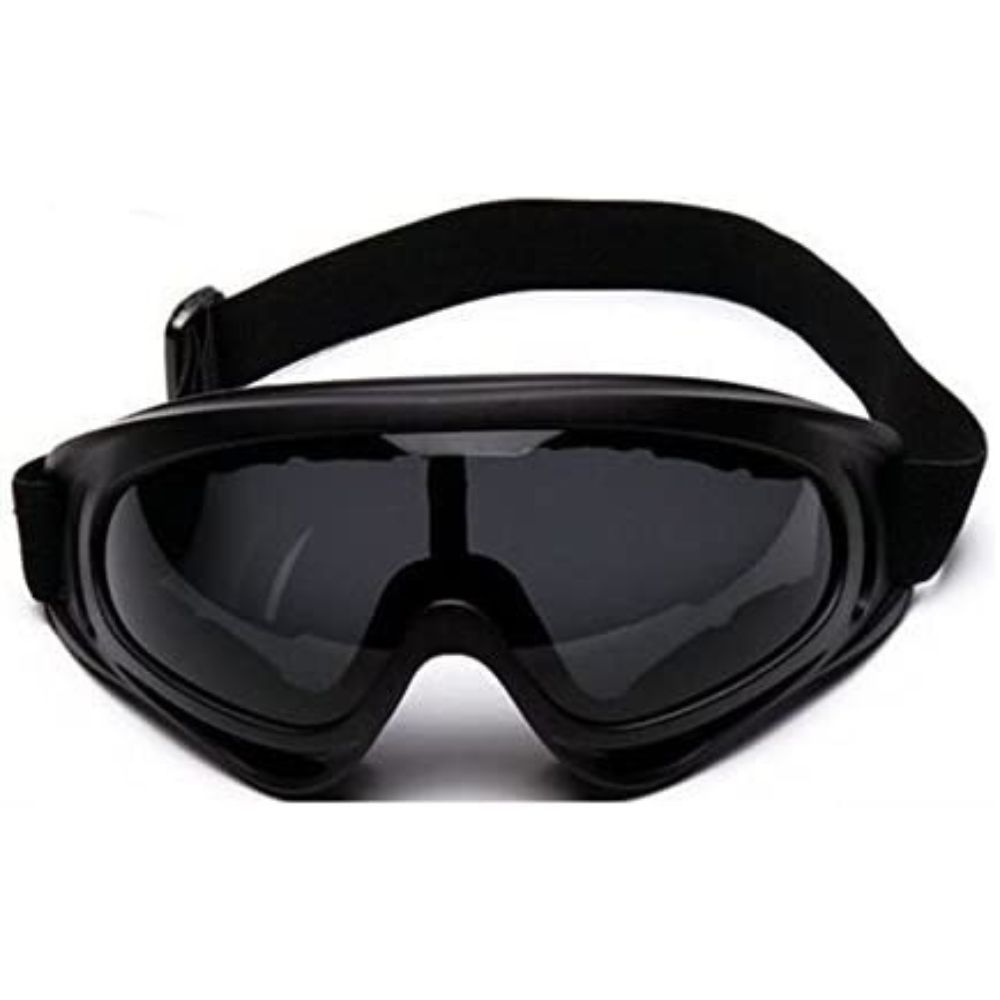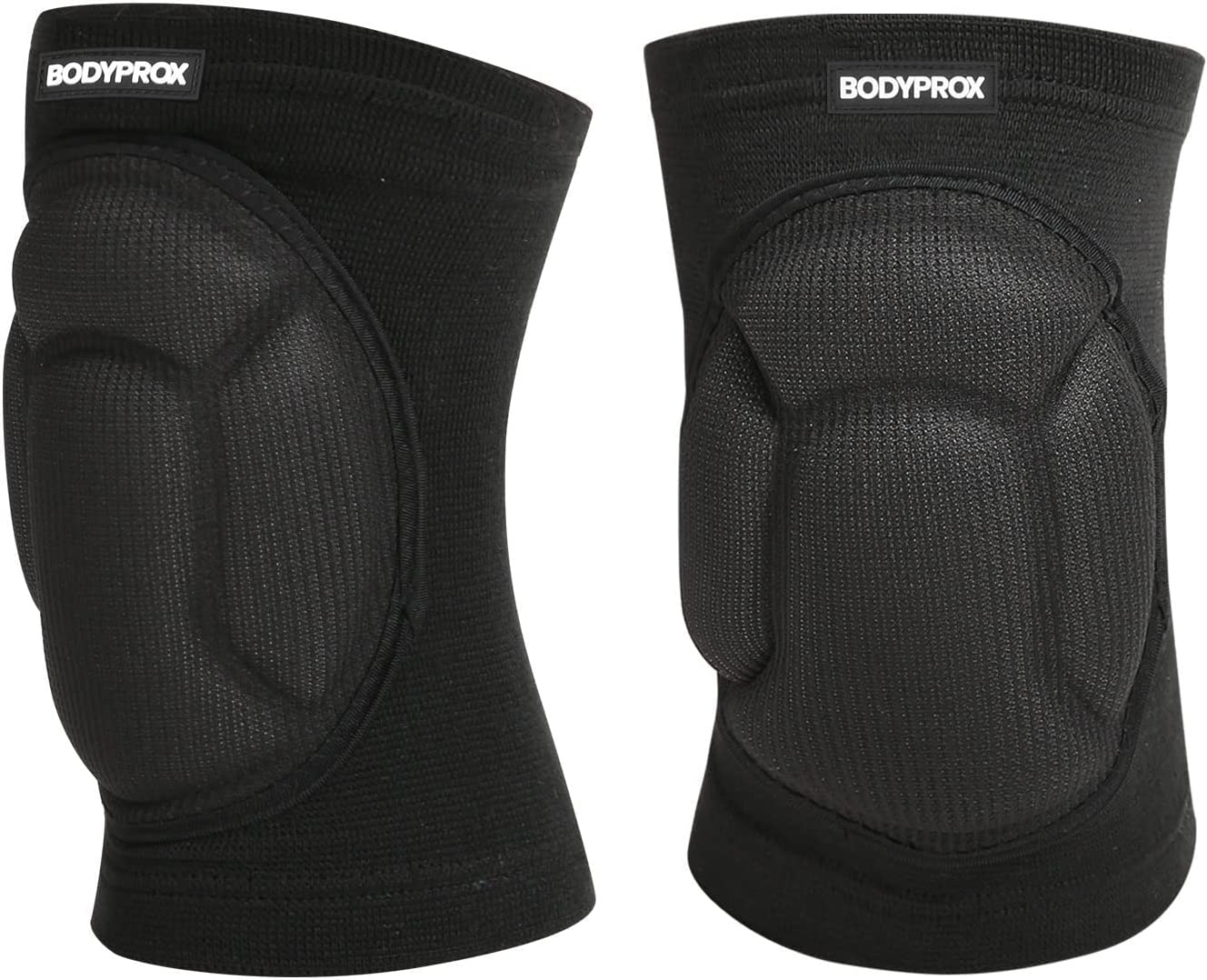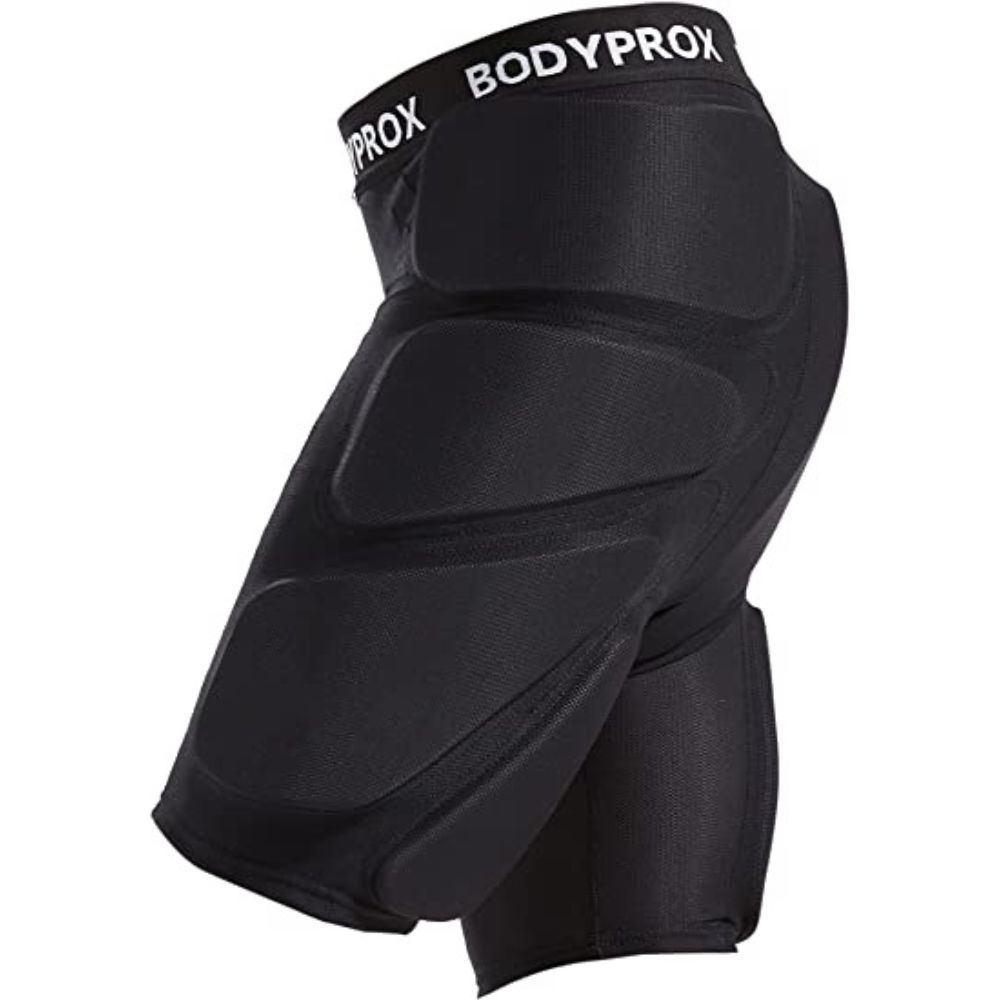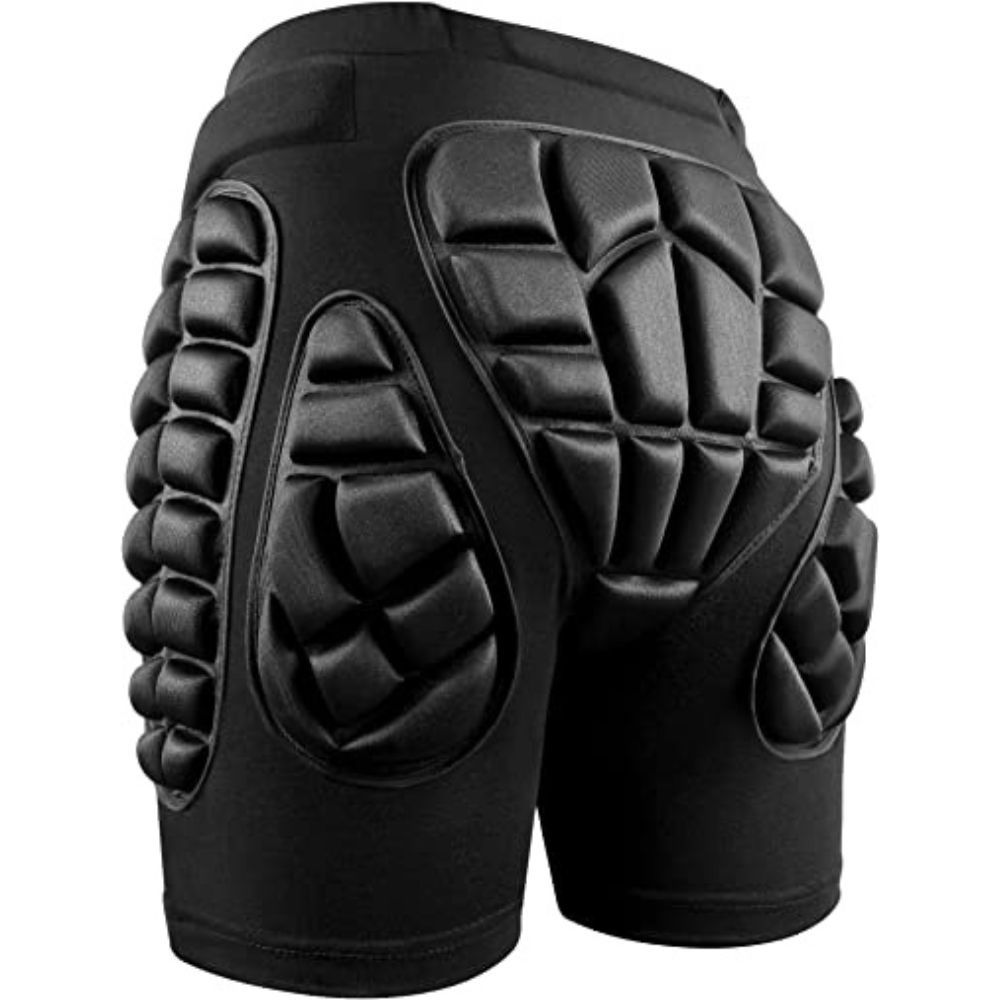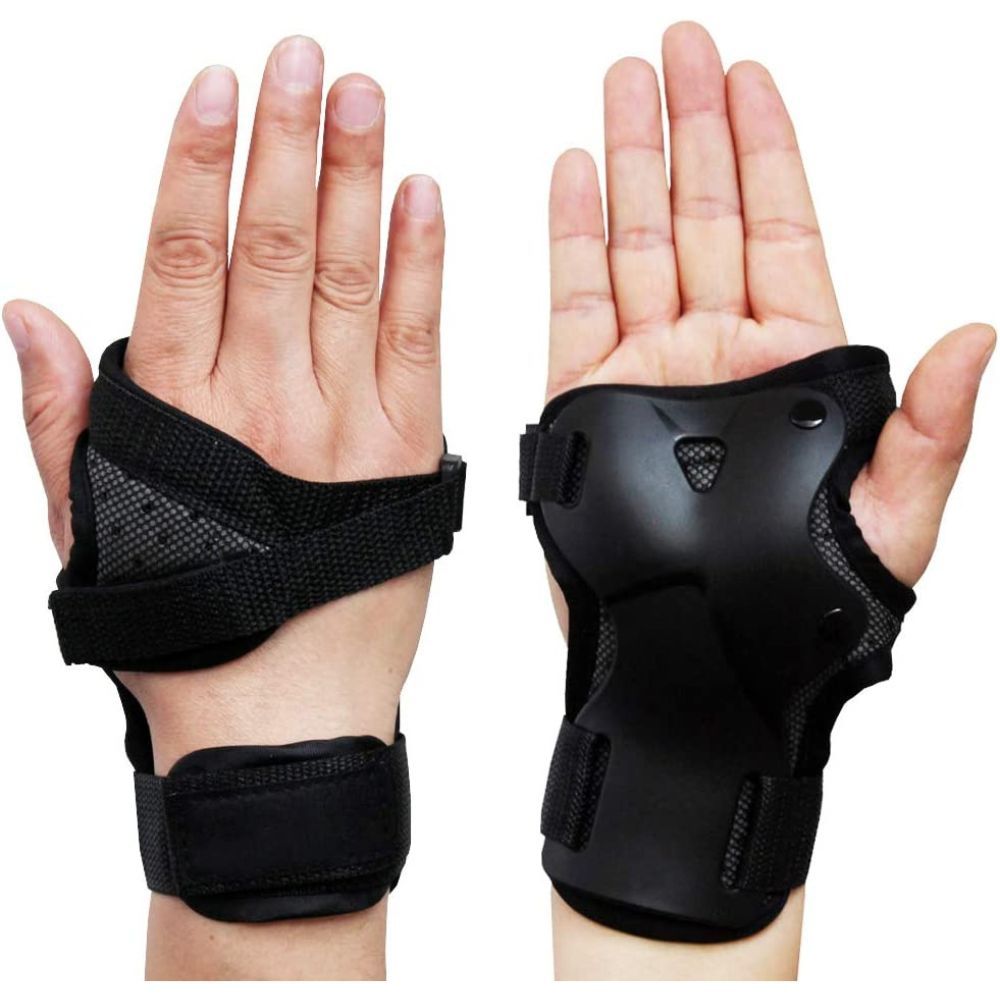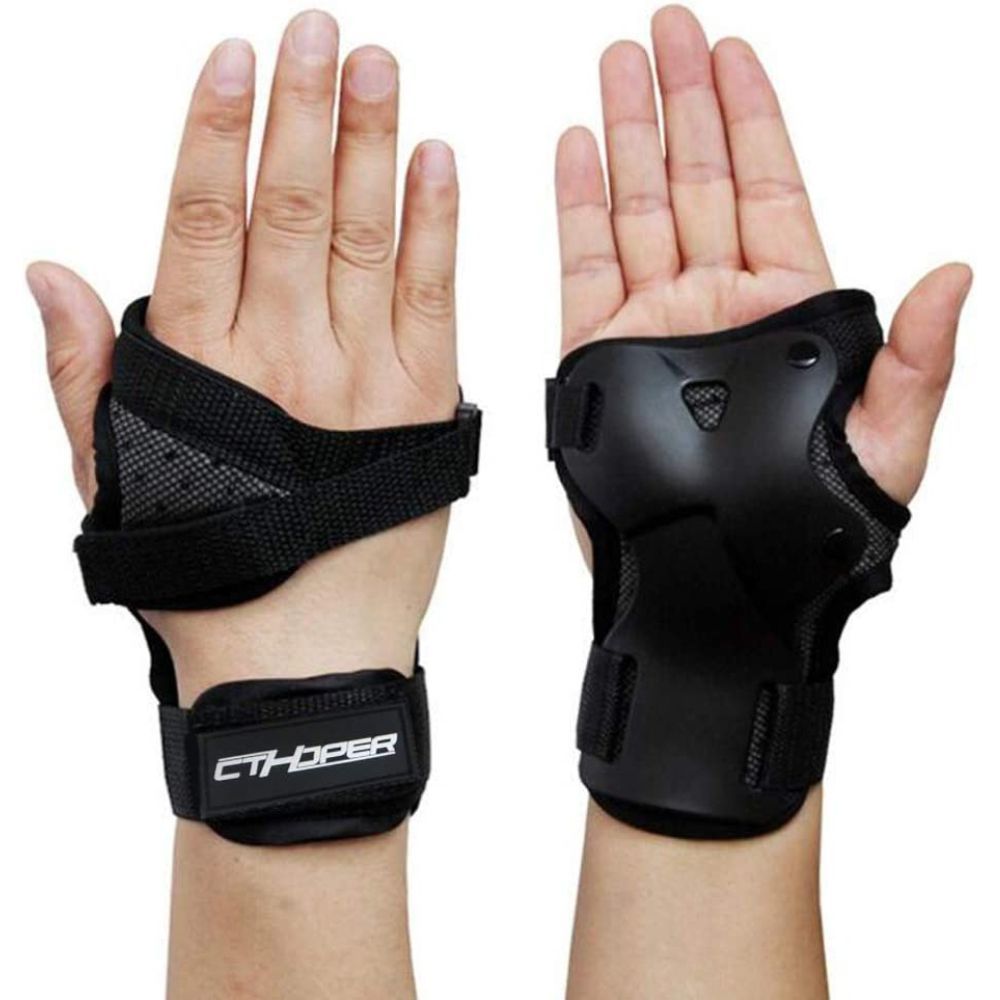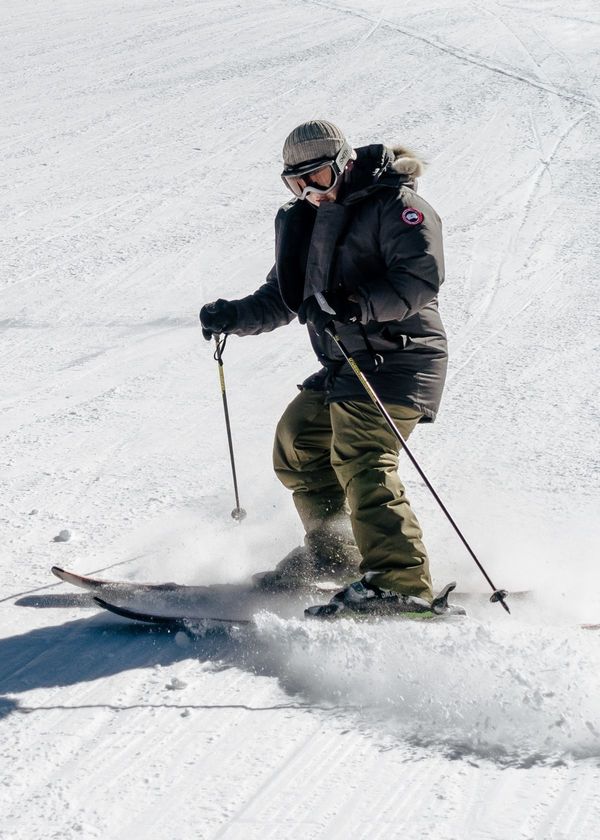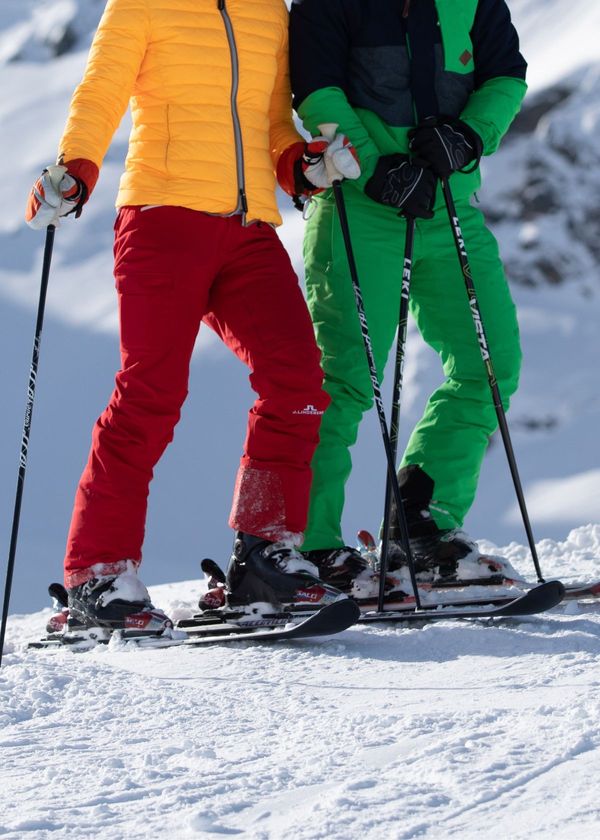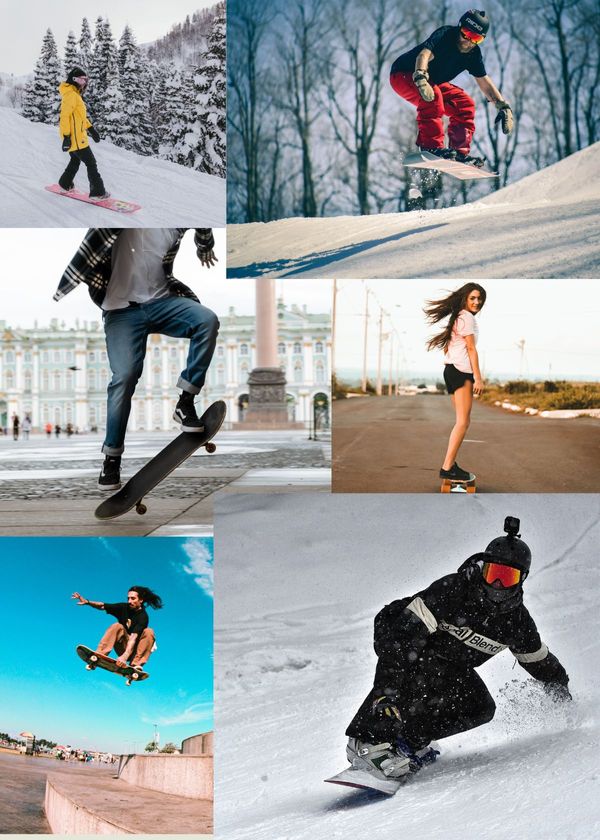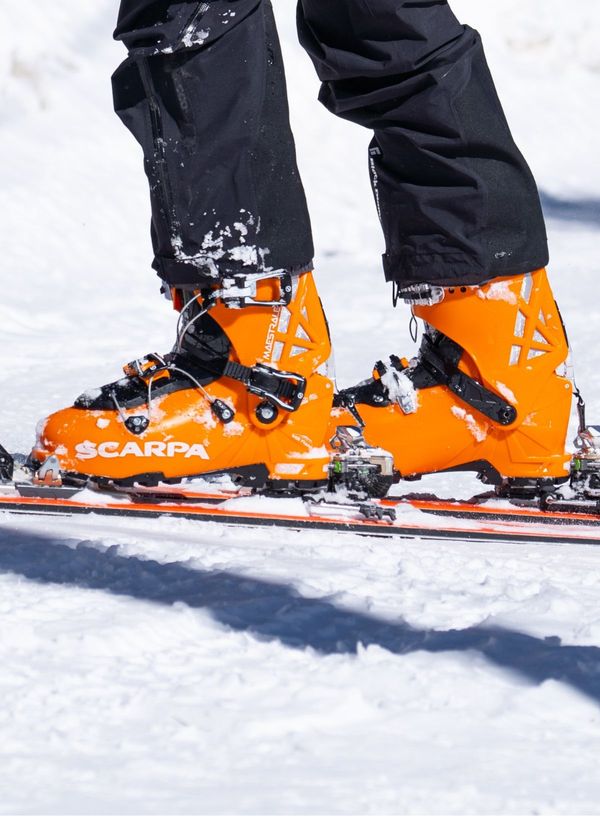Skiing: the exhilarating dance with winter, where every turn and jump is a brush with nature's raw beauty.
Yet, amid this snowy euphoria, lurks a silent reminder - the mountain's challenge is not without its risks.
In this riveting article, we don't just talk about skiing; we talk about mastering the art of safe skiing. It's a tale of adrenaline meets armor, where the right safety gear becomes your silent guardian on the slopes.
We're not just listing equipment; we're unveiling your skiing superpowers, from helmets that guard your greatest ideas to gloves that grip your destiny.
Whether you're etching your first tracks or carving like a pro, our insights are tailored for every thrill-seeker who respects the mountain's might. So, before you embrace the icy vastness, join us in exploring how to transform vulnerability into invincibility.
Let's ensure that every snowy escapade is not just about the thrill, but also about coming home with stories to tell and the eagerness to go back for more.
Read on, and let's turn every ski run into a safe, unforgettable journey!
Skiing can be a dangerous sport if you're not properly protected.
Every year, there are thousands of people who suffer from ski injuries. Many of these injuries could have been prevented if the skier was wearing the proper gear.
We've done the research for you and found the best protective gear for skiing. Our list includes helmets, goggles, and other gear that will help keep you safe on the slopes.
As an Amazon Associate, I earn on qualifying purchases at no cost to you! (this helps to keep the lights on!)
The TurboSke Ski Helmet is certified safe and offering superior protection, this is the great choice for anyone hit the slopes this winter.
Fully compliant with USA ASTM F-2040 safety standards, the TurboSke Ski Helmet has been put through intensive safety tests to ensure it can withstand anything you might encounter while skiing or snowboarding.
Featuring two reinforced layers of protection, an external ABS shell to guard against outside impacts and an inner EPS foam shell to absorb shocks from within, you can rest assured knowing you're well protected when wearing this helmet.
In addition to its protective capabilities, it also features strategically placed vents at the front, top and back to maximize airflow and keep you cool. And with vents located directly above the goggles, you can say goodbye to foggy lenses.
The OutdoorMaster Kelvin Ski Helmet is equipped with a reinforced ABS shell and shock-absorbing EPS core, making it durable and safe.
It also features an adjustable size dial for a perfect fit.
The 14 individual vents provide next-level ventilation, so you can enjoy hours of comfortable skiing.
Plus, the sleek design is available in 13 different color combinations.
Introducing the Odoland Snow Ski Helmet and Goggles Set provides complete protection for your head, with a shockproof and penetration-resistant helmet and durable and comfortable goggles with Flow-Tech Ventilation that keep you comfortable all day long.
With 28 air vent holes for great ventilation, you'll stay cool and dry no matter how active you are.
So whether you're skiing, skating, snowboarding, or doing any other snow sport, you can rest assured that you're safe and protected.
The AKASO Ski Helmet for Men and Women is a great choice for safe and reliable skiing.
This helmet is ASTM safety certified and features a built-in framework for a snug and comfortable fit.
The air vents can be adjusted to keep you cool or warm, and the goggle loop helps keep your goggles in place.
The ear pads and inner liner are removable for easy cleaning, and the whole helmet is easily detachable.
The ZIONOR Lagopus Ski Goggles are made with a durable and solid lens, these goggles are perfect for any skier or snowboarder who wants to enjoy a clear view of the slopes.
The lens is also treated with an anti-fog and 100% UV protection treatment, so you can be sure your eyes will be well protected from the harsh sun and elements. Additionally, the goggles feature a comfortable and warm design, with a high density woven strap that stays in place.
They are also helmet compatible and OTG (over the glass) designed, so they can accommodate most prescription glasses.
The Juli Ski Goggles feature a white frame and 12% Vlt silver lens, making them perfect for both men and women.
The lenses are designed to reduce fogging and provide clear vision, while the adjustable strap ensures a comfortable and secure fit.
The Minalo UV Protection Outdoor Sports Ski Glasses are designed to provide excellent protection from the harmful ultraviolet rays of the sun.
They also feature an anti-fog coating, to help keep your vision clear in all conditions. The adjustable elastic strap ensures a comfortable, customized fit for all head sizes. And the Flow Vent Technology optimizes airflow and prevents fogging.
The Thick Sponge Anti-slip Collision Avoidance Knee Sleeves are a great option, these protective knee pads are comfortable and lightweight.
Made of high-density strengthen foam and breathable fabric, they're designed to keep you safe from injuries while allowing full freedom of movement.
Plus, the ergonomic design and non-slip feature make them easy to wear and keep in place.
Whether you're playing sports or working out, these knee pads are a great way to prevent injuries and keep your joints warm.
Introducing the Bodyprox Protective Padded Shorts, your rugged and hidden armor for extreme outdoor activities.
These padded shorts are equipped with generous shock absorbing EVA foam cushions strategically placed to the rear, thigh and tailbone area, providing you with exceptional comfort and protection from scratches, bumps or even drops.
The body-hugging design efficiently bends and moves along with your body, so you can be fearless and limitless in your pursuits.
The Bodyprox Protective Padded Shorts ideal for snowboarding, skateboarding, cycling, roller sports, mountain biking and skating, make your go-to choice for all your extreme activities.
The Soared 3D Protection Hip Butt EVA Padded Short Pants is the great way to protect your hips and tailbone from solid impact.
With 1.5cm of thick EVA padding, this impact shorts provide overall protection for your lumbar, butt, crotch, and thigh area.
The breathable material is lightweight and soft to wear, making it comfortable to be worn underneath or outside pants.
Additionally, the elastic waistband with cushion padding ensures a snug fit, while the adjustable waist size allows for a custom fit.
The easy storage packing bag means you can take this gear with you wherever you go.
The Omygo Wrist Guard is comfortable to wear with its nudity on the back of hands for breathability, and features high density impact-resistant molded PE splints and shock-absorbing EVA foam for superior protection.
Additionally, the two adjustable nylon straps provide a perfect fit and maintain full range of movement of thumb and fingers.
This multifunctional gear is a must-have for anyone who wants to stay safe while enjoying their favorite outdoor activities!
The CTHOPER Impact Wrist Guard is made of natural-fiber cotton, making it soft and comfortable to wear while you're doing your favorite snowboarding, skiing, or cycling activities.
The cute turtle appearance will protect you and your children while you're playing games.
The thick cushion is the best ski protective gear, or scooter and pulley protective gear. The cushion has strong seams and excellent durability, which can fix the parts to your knees.
The set includes knee pads and hip pads to fully protect your body. So don't go another day without the CTHOPER Impact Wrist Guard.
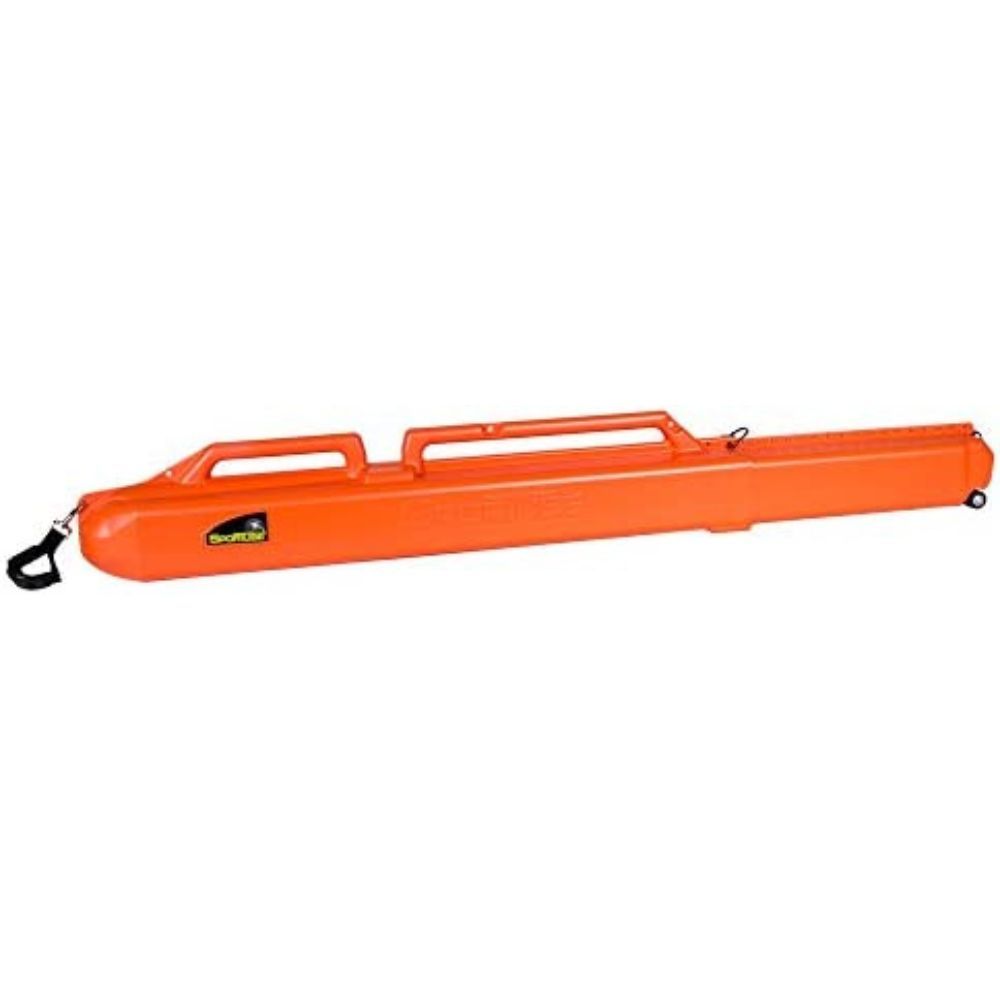
Sportube Series 1 Ski Case – Protective Travel Case for One Pair of Alpine Skis and Gear or Two Pairs of Nordic Skis and Gear
The Sportube Series 1 Ski Case is the perfect way to transport your equipment.
This rugged and durable case is made from high-density polyethylene that is resistant to cracking in cold temperatures.
The adjustable length makes it easy to accommodate different ski lengths, and the padded ends provide added protection for your gear.
The wheels are made from high-impact rubber for long-lasting durability, and the easy-pull handle makes maneuvering the case a breeze. Plus, the case can be strapped to car top racks for easy transportation.
Best Protective Gear for Skiing FAQs
Before you hit the slopes this winter, it's important to make sure you have the right gear to keep you safe and comfortable.
Here are answers to some common questions about choosing protective gear for skiing:
What protective gear do you need for skiing?
You need the following protective items for skiing: at a minimum you need a helmet, and googles, additional protective gear depending on conditions are gloves, coat, padded ski shorts, wrist protectors, ski knee pads, lip balm, sunscreen and mouth guard.
- A helmet is essential because it can protect your head in the event of a fall or collisions at high speeds.
- Goggles are important to protect your eyes from the sun and wind.
- Gloves are essential to keep your hands warm and to help you grip the ski poles.
- Properly fitting ski boots with good bindings are essential.
- A good Coat is important to keep you warm and protected from the elements.
- Padded ski shorts to help prevent back injuries and bruises to tailbone, hips and upper thighs during awkward falls. Even the most experienced skiers often wear back protectors along with their protective shorts.
- Wrist protectors help to provide extra wrist protection during falls.
- Ski Knee Pads and sleeves help to prevent injury your to knees, knee injuries account for one of the most common of injuries when skiing. (A sprained knee is a leader among snowboard injuries!)
- Lip Balm and Sunscreen to protect you skin from sun and wind burn.
- A Mouth guard protects your teeth in case of a fall.
It's also important to dress properly and warmly when skiing, as you can easily become cold if you're not wearing the proper clothing.
Do skiers wear protective gear?
It depends on the level of risk that the skier is willing to take. Some people choose to wear protective gear, while others do not while engaging in snow sports.
Protective gear can include helmets, padding, and other safety equipment. It is important to note that there is no one-size-fits-all answer when it comes to protective gear, as each individual's risk tolerance will be different.
Some skiers choose to wear gear because they are more cautious and want to reduce their chances of injury.
Other skiers choose not to wear ski protection because they feel that it hinders their ability to move and ski freely.
Ultimately, it is up to each individual skier to decide what level of risk they are comfortable with.
How can I protect myself from skiing?
Skiing can be a fun and exhilarating winter sport, but it can also be dangerous. Most common injuries happen when people push their limits.
Here are a few tips to help you stay safe and prevent serious injury while skiing.
- Always ski within your ability. Don't attempt tricks or stunts that are beyond your level of expertise.
- Make sure you are familiar with the ski area safety rules before you start skiing.
- Never ski alone. Always ski with a partner.
- Be aware of the terrain and conditions, and always adjust your speed and skiing path accordingly, stay in control to avoid skiing accidents.
- Wear appropriate safety items, including a helmet, goggles, and gloves.
- Stay hydrated, especially if you are skiing in warm weather. Drink plenty of water or sports drinks to prevent dehydration.
What is the most important piece of ski equipment?
The most important piece of ski equipment is the ski itself. A good pair of skis will make skiing easier and more fun, while a bad pair of skis can ruin your experience on the slopes.
When choosing a pair of skis, it's important to consider your skill level, the type of skiing you plan to do, and the conditions you'll be skiing in.
Beginners should start with a simple all-mountain ski that will work well in most conditions.
More experienced skiers can experiment with different types of skis depending on the terrain they plan to ski.
And remember to always demo before you buy!
How many layers should you wear skiing?
It really depends on the weather conditions. In general, you'll want to wear a few more layers skiing than if you were just walking around outside.
If it's cold and snowy, you'll want to wear a base layer to keep your skin dry, an insulating layer to keep you warm, and a waterproof outer layer to keep the snow and rain off. If it's windy, you'll also want to wear a windproof outer layer.
But if it's a sunny day and mild out, you might only need a light base layer and a waterproof outer layer. Always be prepared for changing weather conditions, and be sure to adjust your layers accordingly!
Should I wear wrist guards skiing?
It depends on your skiing style. If you're a beginner or intermediate skier, wrist guards are not necessary. However, if you're an advanced skier who frequents the black diamonds, wrist protection is highly recommended to protect yourself from potential injuries.
Wrist guards can help prevent common skiing injuries such as sprains and fractures, and they're also good for preventing general wrist pain. So if you're looking for some added peace of mind while skiing, definitely invest in a quality pair of wrist guards.
Should I wear knee pads skiing?
A knee pad can provide some protection against minor bumps and bruises, but they're not really necessary. Most people don't wear them because they can be a little bit uncomfortable and can get in the way.
That said, if you're especially prone to falls or if you're worried about injuring your knees, then they might be a good idea for you. Just make sure that you choose a pair that's extremely lightweight and doesn't restrict your movement.
Do downhill skiers wear pads?
Yes, downhill skiers wear pads. They help protect the skier's knees and other joints from injuries.
Pads are usually made of hard plastic or metal and are attached to the skier's pants with straps. They come in a variety of shapes and sizes, depending on the part of the body they are meant to protect. A knee pad, for example, is typically triangular in shape, while elbow pads are more rectangular.
What does skiing do to your body?
Skiing is a great exercise because it works multiple muscle groups at the same time. It also strengthens your bones, because skiing is a weight-bearing exercise.
But like any other physical activity, skiing has its risks. When you ski, you can injure your knees, ankles, and hips. Common injuries include bruises and strains. In rare cases, people have even died while skiing. So before you hit the slopes, make sure you are physically prepared and know the safety rules. And be sure to wear the appropriate gear!
Do freestyle skiers wear pads?
Freestyle skiers wear pads to protect their shins from bruising and injury. The pads are typically made of hard plastic or metal and attach to the skier's shin with straps or Velcro.
Pad use is optional for beginner skiers, but more advanced skiers typically use them to achieve better performance. The pads help to prevent the shins from hitting the ski edges during jumps and stunts, which can cause bruising and other injuries.
Do you need back protector for skiing?
There is no definitive answer to this question as it depends on a variety of factors, such as your skiing ability, the terrain you'll be skiing on, and the weather conditions. However, most experts agree that back protection can provide an extra level of safety and protection in certain situations.
For example, if you're a beginner skier or snowboarder, or if you'll be skiing or snowboarding on steep slopes or in difficult terrain, back protection is recommended. In cold conditions, a back protector can also help keep you warm by insulation your body heat. Ultimately, the best way to decide whether or not you need back protection is to consult with an experienced skier or snowboarder.
How do you keep hair off your face when skiing?
There are a few different ways to keep hair out of your face when skiing. You can wear a headband, ski hat, or helmet. You can also braid your hair or put it in a ponytail.
What should I wear for 40 degrees skiing?
Base layers are key when skiing in cold weather. A good base layer will keep you warm and dry, which is important when you're skiing in colder temperatures. Some people prefer to wear a wool base layer, while others prefer a synthetic base layer.
When choosing a jacket for skiing in cold weather, it's important to choose one that's made with a waterproof and breathable fabric. You'll also want to make sure the jacket has a hood, which will help keep your head warm. If you're going to be skiing in really cold weather, you may want to consider buying a jacket that's made with down insulation.
What kind of helmet should I wear?
There are many different types of helmets designed for skiing, so it's important to choose one that fits well and is comfortable to wear. If you plan on skiing in mogul fields or doing any other type of advanced skiing, look for a helmet that has superior impact protection. For beginners or those who mostly stick to groomed trails, a lighter weight helmet may be sufficient.
There are three main types of ski helmets: hard shells, soft shells, and hybrids.
- Hard shell helmets are made of durable materials such as ABS plastic or polycarbonate. They offer the most protection from impacts, but can be heavy and uncomfortable.
- Soft shell helmets are made of lightweight materials such as EPS foam. They provide good impact protection, but may not hold up as well in multiple impacts.
- Hybrids combine features of both hard and soft shell helmets, offering good protection and comfort.
What should I look for in a good pair of ski goggles?
When choosing goggles, fit is key.
You want a pair that fits snugly against your face without being too tight. Goggles with interchangeable lenses are also a good option, so you can have different tinted lenses for different conditions.
Look for lenses that offer 100% UV protection and avoid buying used goggles, as they may not provide adequate protection.
What type of gloves or mittens should I wear?
Again, fit is important when choosing gloves or mittens for skiing.
They should be snug but not too tight, and allow you to easily grip your ski poles. Waterproof gloves or mittens are essential, as they will keep your hands warm and dry even if you fall in the snow.
For particularly cold days, look for gloves or mittens that offer extra insulation.
Skiing is a great way to spend a winter day. And it's important to wear proper safety gear while skiing.
We discussed some of the best protective gear options for skiing.
Stay safe out there and enjoy your time on the slopes!
But before you hit the slopes, make sure you have all the gear you need to stay safe.
Check out our selection of ski helmets and other gear for protection above and check here if other clothing items are needed: jackets, and pants.
We've got everything you need to stay safe and stylish on the slopes.
So what are you waiting for? Get started planning your next ski trip today!
Thanks for Reading
and
Happy (and Safe) Skiing!
As an Amazon Associate, I earn on qualifying purchases at no cost to you! (this helps to keep the lights on!)


